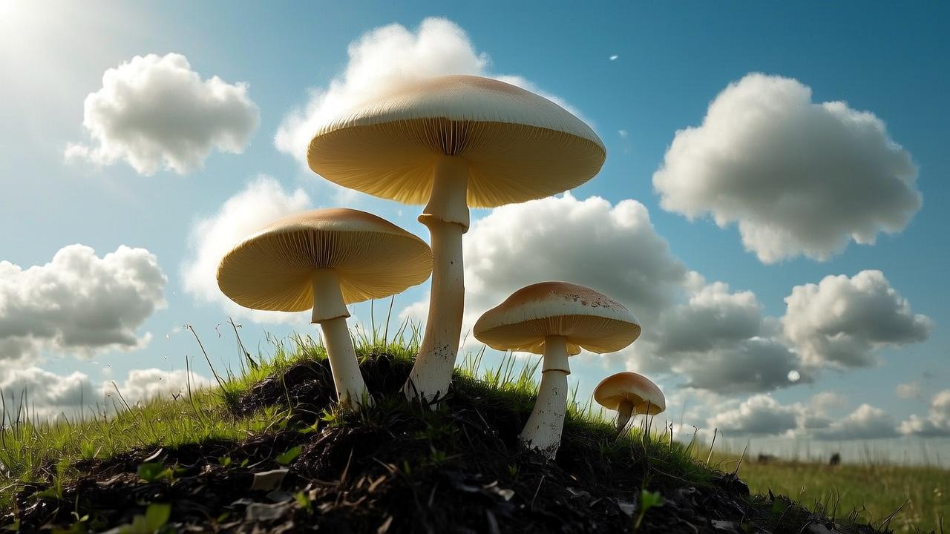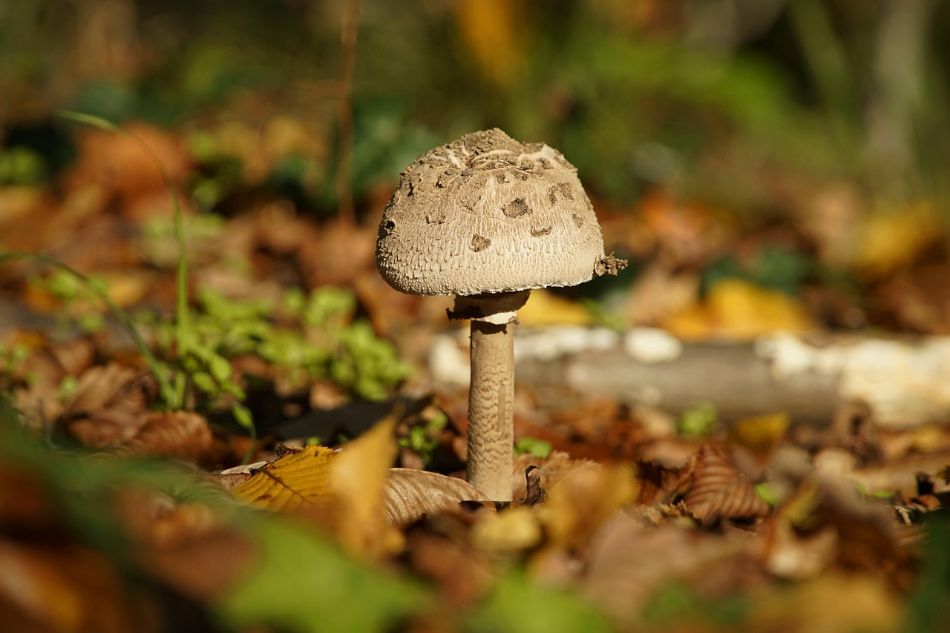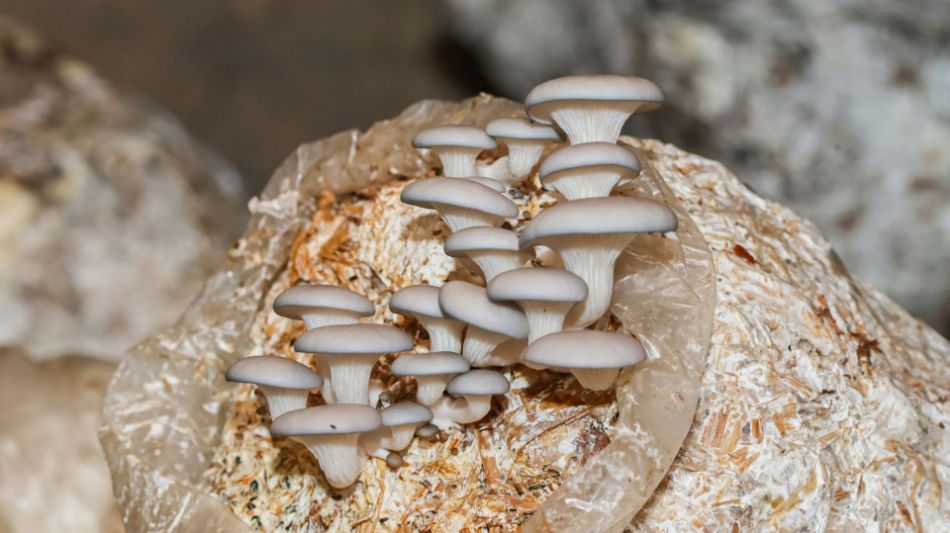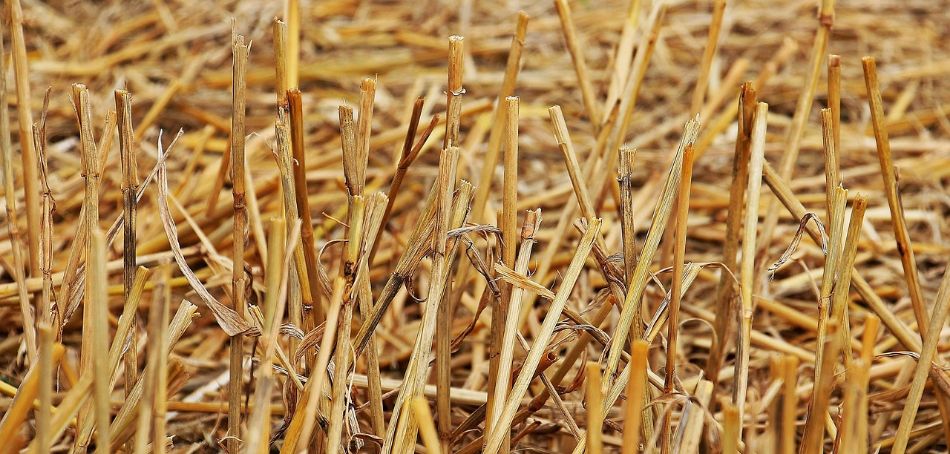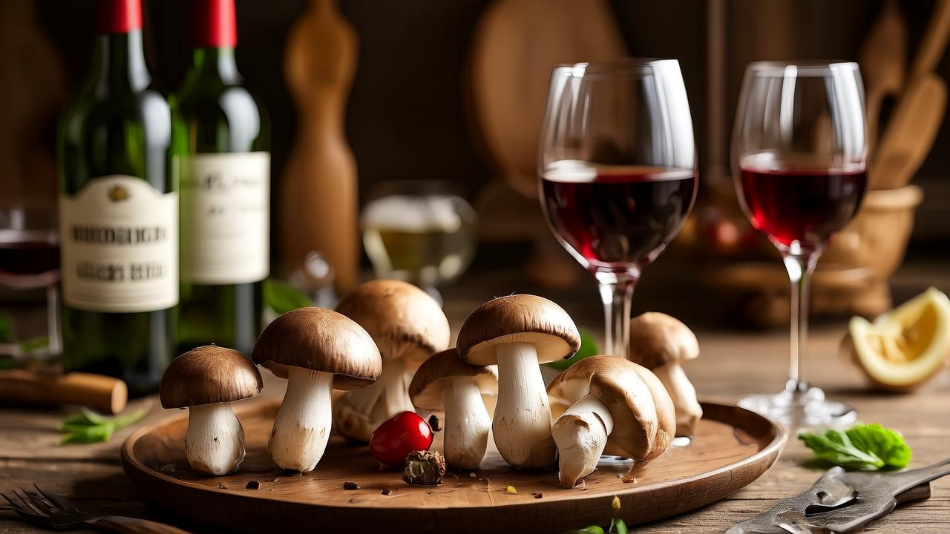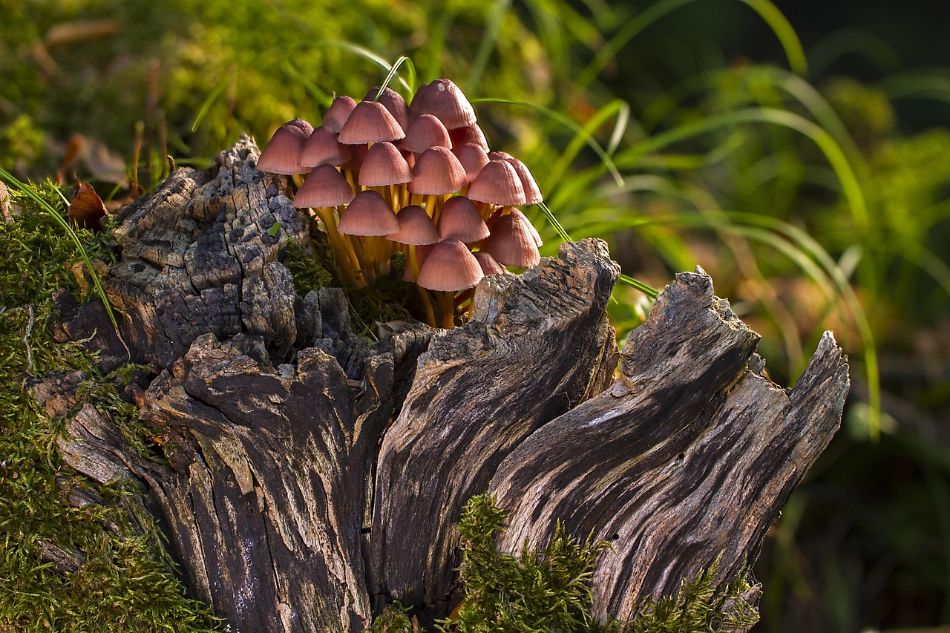Walking through the woods of the Susa Valley on an autumn morning, when mist envelops the fir trees and the scent of moist humus fills the air, is like entering a natural cathedral where mushrooms are the guardians of a perfect balance. How many enthusiasts wonder every year what mushrooms are found in the Susa Valley, without imagining the richness that awaits them! From the celebrated porcini mushrooms to the lesser-known morels, including black truffles that smell of earth and legend, this Alpine valley offers a mycological diversity that few other regions in Europe can match.
Walking in the woods after a summer rain, you've undoubtedly noticed how mushrooms seem to appear out of nowhere, almost magically. But what few know is that these extraordinary organisms could be veritable natural barometers. For centuries, farmers, mushroom hunters, and nature observers have noted a curious correlation between the behavior of mushrooms and changes in the weather. In some regions of Italy, for example, it's said that when the mushrooms open like an umbrella, it will surely rain within three days...
Mushrooms, with their extraordinary variety, have always fascinated mankind, not only for their role in the kitchen but also for the wealth of popular names that vary from region to region. Each Italian region preserves a unique linguistic heritage, linked to rural traditions and spontaneous mycology. In this article, we'll explore the most curious dialect names, the stories behind regional nicknames, and how these names reflect popular customs and beliefs.
Mushroom cultivation is an art that requires precision, knowledge, and attention to detail. One of the most critical aspects is disease management, which can compromise entire crops if not properly controlled. In this guide, we'll explore how farming practices, including substrate rotation and hygienic growing rooms, can significantly reduce the incidence of fungal diseases.
In the world of mycoculture, the search for efficient and cost-effective substrates has led to the rediscovery of seemingly humble yet extraordinarily effective materials. Fermented rice straw and olive pomace are not simple alternatives to traditional sawdust, but represent a true revolution with yields that, under optimal conditions, exceed conventional methods by 40%.
Sushi, this fascinating culinary art born in Southeast Asia as a method of preserving fish, has undergone an epic journey through the centuries to become the gastronomic icon we know today. But what happens when this age-old tradition meets the world of vegetarianism and mycology? A surprising creation is born: vegetarian sushi with marinated mushrooms. A dish that combines the precise technique of Japanese cuisine with the aromatic depth of mushrooms, those mysterious fruits of the forest that have always fascinated foragers and gourmets.
Let's embark on a fascinating journey through the fungal kingdom and its extraordinary effects on the human psyche. We're not simply talking about the psychedelic effects of a few species, but a complex system of neurochemical interactions involving dozens of bioactive compounds. Recent studies have shown that over 80% of the fungal species analyzed contain at least one compound with neuroactive activity, opening new frontiers in the scientific understanding of mood and its disorders.
Italy, with its extraordinary variety of landscapes, microclimates, and... Wines! It offers a wealth of unique varieties, both in the mushroom and wine worlds. This article will guide you through a regional journey that reveals how each region has developed perfect pairings between these two excellences, creating harmonies that tell the story of local history, culture, and traditions...
Forest cultivation of lignicolous mushrooms is a complex biological system that requires a multidisciplinary approach, integrating microbiology, forest ecology, and process engineering. This treatise systematically analyzes the growth parameters of 10 commercially valuable species...
The synergistic integration of the fungal and medicinal herbal kingdoms represents one of the most promising frontiers of modern natural medicine. Through a systematic review of over 150 clinical studies and meta-analyses, this article uncovers the biochemical mechanisms, optimal proportions, and timing of administration that can increase the therapeutic efficacy of these combinations by 40–300% compared to the use of individual components alone.










